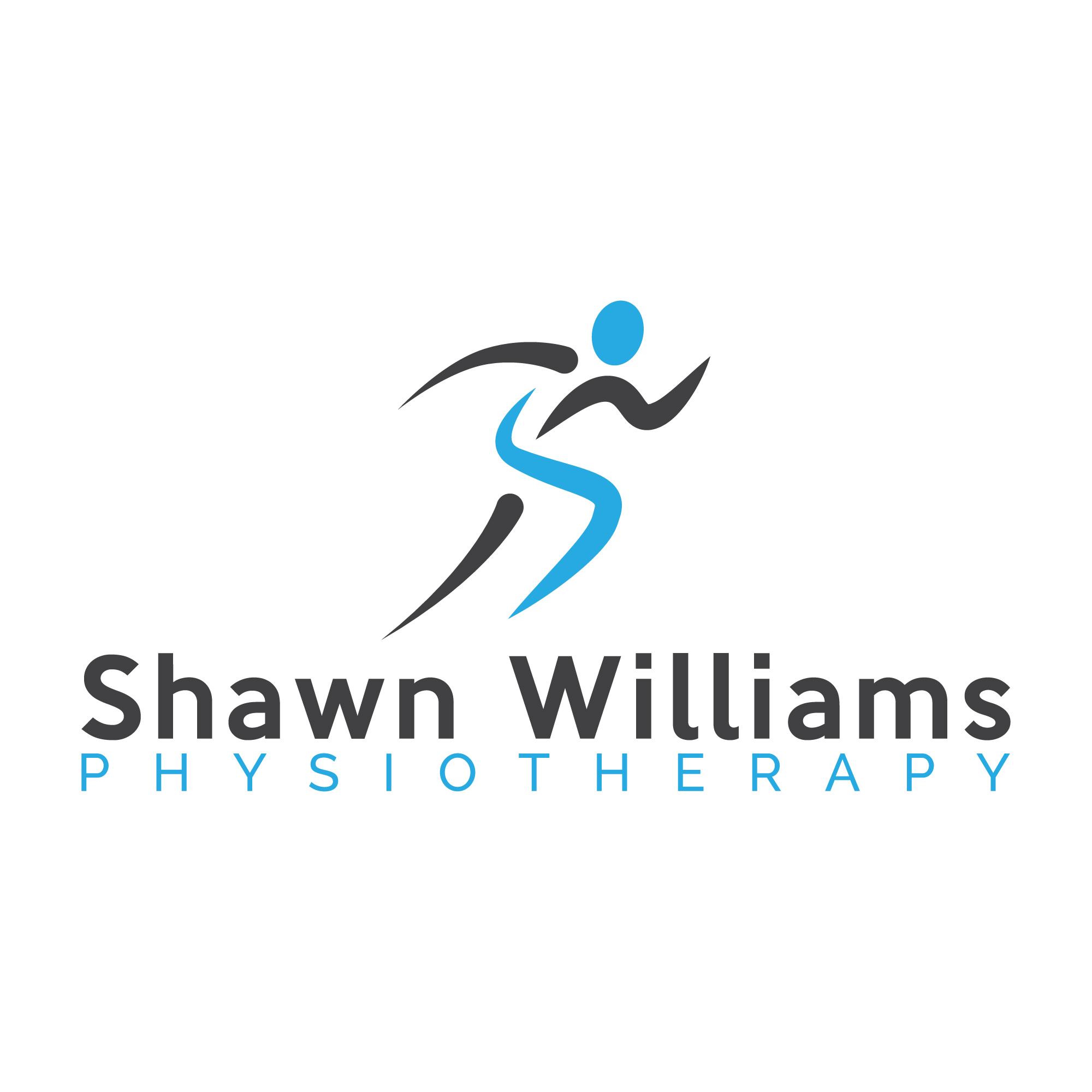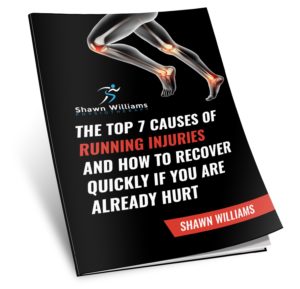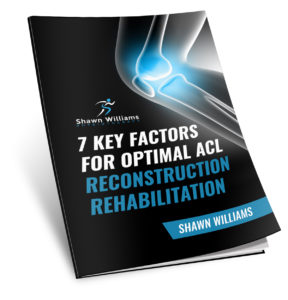As a physiotherapist with extensive experience in sports and ACL reconstruction rehabilitation, I am asked frequently by my patient’s what is the likelihood of ACL retear following ACL reconstruction? It is very common for the fear or concern of a ligament retear to loom large for many patients.
The risk of an ACL retear following ACL reconstruction is about 5 %. The highest chance of a re-tear is generally in the first 24 months following ACL Reconstruction surgery. However, with the right strategies and guidance, the risk of an ACL retear can be significantly reduced.
1)Type of Graft
If you have ACL surgery with an Autograft from the patellar tendon or hamstring tendon the risk of a retear will be significantly lower than if you receive an Allograft. An allograft is tissue used from a human cadaver. At Shawn Williams Physiotherapy in Toronto the majority of ACL surgeries by far are either the patellar tendon autograft or the hamstring autograft. I have seen great recoveries from both of these grafts.
2) Full Course of Expert Guided Physiotherapy
A full course of rehabilitation guided by a good hands on physiotherapist plays a pivotal role in optimising outcomes post ACL reconstruction and reduces the risk of an ACL retear.
A structured program supervised by a good hands on physiotherapist focusing on restoring range of motion, strength, neuromuscular control, proprioception and balance is essential to achieving optimal outcomes and reducing your chance of an ACL retear.
Working with a physiotherapist until full return to sport ensures that you achieve full ROM, strength, proprioception and neuromuscular control before you return to sport. Returning before you are ready can significantly increase a chance of retear.
Not following physiotherapy early on can increase the likelihood that you may have difficulty achieving full ROM. The physiotherapist makes sure you stay on track throughout your rehabilitation and helps to ensure that you have the highest functioning new ACL and the lowest chance of a retear
3) Return To Normal Quad Strength And Hamstring strength
A physiotherapist guided progressive strength training program focusing on quads, hamstrings and glutes is vital for reducing the risk of an ACL retear. Secondly, if you do not achieve full strength in the surgical knee you will not feel confident with your daily activities and playing sports.
Often in my practice I will see patients who are seeking help 7 months to a few years after ACL surgery. These patients will often have weak glutes, weak quads and weak hamstrings. Some strength deficits are very notable.
This is usually because they were either discharged from physiotherapy too early or they stopped physiotherapy on their own accord once they were done with the initial acute phase of rehabilitation.
If you are going to take the time and risks of the surgery and want the best outcomes from your ACL reconstruction it is very important to make sure that you do a full course of physiotherapy and achieve full strength before returning to sports and higher functioning activities.
4) Thigh Cross Sectional Area
It can take at least a year to regain muscle mass in the surgical leg. If you stop doing your ACL rehabilitation exercises too early your muscle mass will not fully grow back. The leg muscles need to be continually overloaded until muscle size is close to the non-surgical side. This can take a year post- op or longer to achieve.
It is important to follow your physiotherapist and surgeons recommendation on the exercise program as doing certain exercises too early may put the graft at risk. However as you progress through your rehab program,in order to achieve full muscle mass growth you must do lots of single leg exercises and difficulty as needed. Some examples are single leg step ups, lunges, and pistol squats.
Adequate nutrition and protein intake is also necessary to achieve this goal. Not achieving comparable muscle mass to the unaffected side could result in an increased risk of a possible retear when that patient returns to sports.
5)Proprioception and neuromuscular retraining
Exercises that enhance neuromuscular control, proprioception, and dynamic stability are very important to reduce your risk of an ACL retear and to return to an optimal function and performance. These exercises often involve balance training, plyometrics, agility drills, and functional movements mimicking sports-specific activities. Integrating neuromuscular training into rehabilitation programs can improve movement patterns, reduce biomechanical deficits, and decrease the risk of a retear.
6) Gradual Return to Sports And Not Returning To Sports Before 9 months.
The chance of ACL retear significantly increases if you return to sport before 9 months. It is very important to not rush back to sports too quickly, even if you are feeling great. Studies show that people who return to sports before 9 months are more likely to suffer a tear.
One of these studies indicated that post surgical ACL reconstruction athletes that returned faster than 9 months were 7 times more likely to suffer an ACL retear. Therefore, delaying return to sport is more favourable for the athlete and will result in a more favourable long-term outcome.
Conclusion
Preventing ACL retear following reconstruction surgery requires a commitment to working with a good hands on physiotherapist to guide you with comprehensive rehabilitation, range of motion exercises, strength training, neuromuscular/proprioception training, biomechanical correction, and gradual return to sports. By incorporating these strategies into postoperative care plans, athletes and individuals can minimize the risk of reinjury and pursue their athletic endeavours with confidence.
However, it’s essential to recognize that each patient’s journey is unique, and personalized interventions tailored to specific needs and goals are paramount for long-term success.
Working with a good hands on physiotherapist can make sure that you are achieving milestones along your ACL recovery to help ensure a safe and successful return to high performance sports. Shawn has worked with many athletes recovering from ACL reconstruction.
If you have an upcoming ACL surgery, call or text 416-660-4187 to discuss what your post-operative ACL plan will look like. You can also download Shawn’s report The 7 KEY FACTORS FOR OPTIMAL ACL RECONSTRUCTION REHABILITATION for further tips on ACL rehabilitation. Request a FREE 20 MINUTE PHONE CONSULTATION with an expert physiotherapist in ACL rehabilitation.



